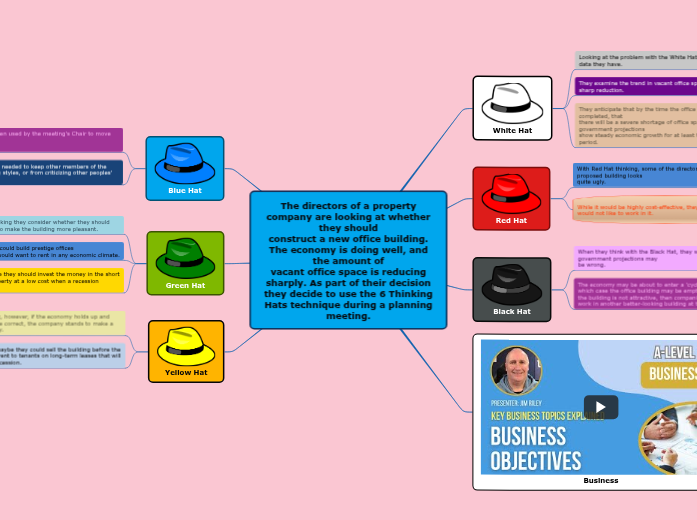によって Gracie Alderson 2年前.
232
Down Syndrome
Down syndrome is a genetic condition that cannot be prevented. If there's a high likelihood of having a child with Down syndrome, consulting a genetic counselor before pregnancy is recommended.

によって Gracie Alderson 2年前.
232

もっと見る


Serik Ayazhanにより


Elta Babcockにより


Ahmed Ryanにより


Laura lemanにより
Down Syndrome Occupational Therapy Demonstration